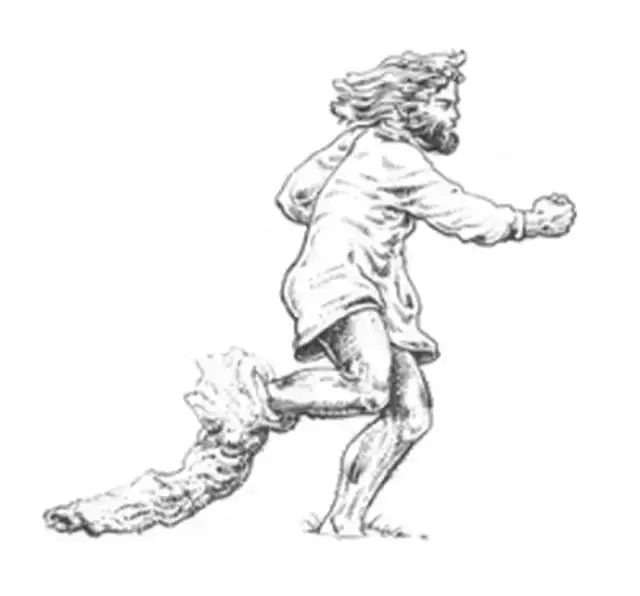In our context, Europe designates the peoples of Roman culture (Rome is treated separately), Celtic, Germanic, Scandinavian, Icelandic and Breton. Slavic peoples have their own section.

Contents
ToggleFestivals in Europe
Holidays of the month
January 2, 2025 (1 event)
January 2, 2025

This animal was a bear (in German “Bär”), which later gave the city of Bern its name. The image of this animal is the emblematic decoration of the city. #calendar #2January #mythology #myth #legend #berne #suisse #saintberthold #berchtoldstag
January 7, 2025 (1 event)
January 7, 2025

Today, Europeans celebrate the resumption of work after the twelve days of Christmas. The distaff festival, which was used to spin textiles, is the symbol of women's work during the Middle Ages. #mythology #myth #legend #calendar #7January #distaff #europe
January 15, 2025 (1 event)
January 15, 2025

At the moment and for 3 months, the Limoux Carnival is taking place. Around twenty bands take turns enlivening the carnival with their own music and disguises. Rods without bands accompany the parades. The tradition of carnival dates back to the 14th century and stories tell it as early as 1604. #mythology #myth #legend #calendar #carnaval #CarnavalDeLimoux #Limoux #Goudils
January 21, 2025 (1 event)
January 21, 2025

Today, Icelanders celebrate Bóndadagur, the men's (and originally farmers') day. The man comes out wearing a shirt and half puts on his pants to hop around his house. A big feast follows. #mythology #myth #legend #calendar #January 21 #island #bondadagur
January 28, 2025 (1 event)
January 28, 2025

Today in Madrid the Vaquilla (cow) festival takes place. Frames of silk, Manila shawls and horn represent the cows. Each group parades with their cow through the streets of the city up to the central square. #mythology #myth #legend #calendar #January 28 #vaquilla #madrid
Cultural areas in Europe
The history of Europe is one of the best documented, studied and known parts of world history and refers to all the events linked to the European continent, from the time it was populated by the first peoples until until today. According to the German monograph Minderheitenrechte in Europa co-edited by Pan and Pfeil (2002), there are 87 distinct peoples, of which 33 constitute the majority of the population in at least one sovereign state, while the remaining 54 constitute minority ethnic groups.
In ancient times, Indo-European peoples practiced cults that had many things in common. The Germanic, Celtic, Slavic, Greek and Latin mythological systems had common features, such as the belief in a fundamental divine "triad", and the division of men into several categories of distinct social rank.
In Europe, ancient religions are subdivided into:
- faith in the Aesir and the Vanirs, which we today call Odinism, according to Germanic mythology;
- faith in Scandinavian deities, according to Scandinavian mythology;
- Druidism and its late Irish variant, the religion of the Filid, according to Celtic mythology;
- orphism, according to Thracian and Dacian mythology;
- faith in Scythian deities, according to the Scythian religion;
- faith in Slavic deities, according to Slavic mythology;
- faith in Greek deities, according to Greek mythology;
- faith in Roman deities, according to Roman mythology;
- in the Roman Empire, in addition to the gods of Olympus, mystery cults were also practiced and, in late antiquity, primitive Christianity.
One of the common points between religions prior to Christianity is polytheism, sometimes pantheistic, sometimes animist.
Proselytism was not widespread among European peoples, each religion being that of a group of populations equally linked by language, and which had its own deities.




